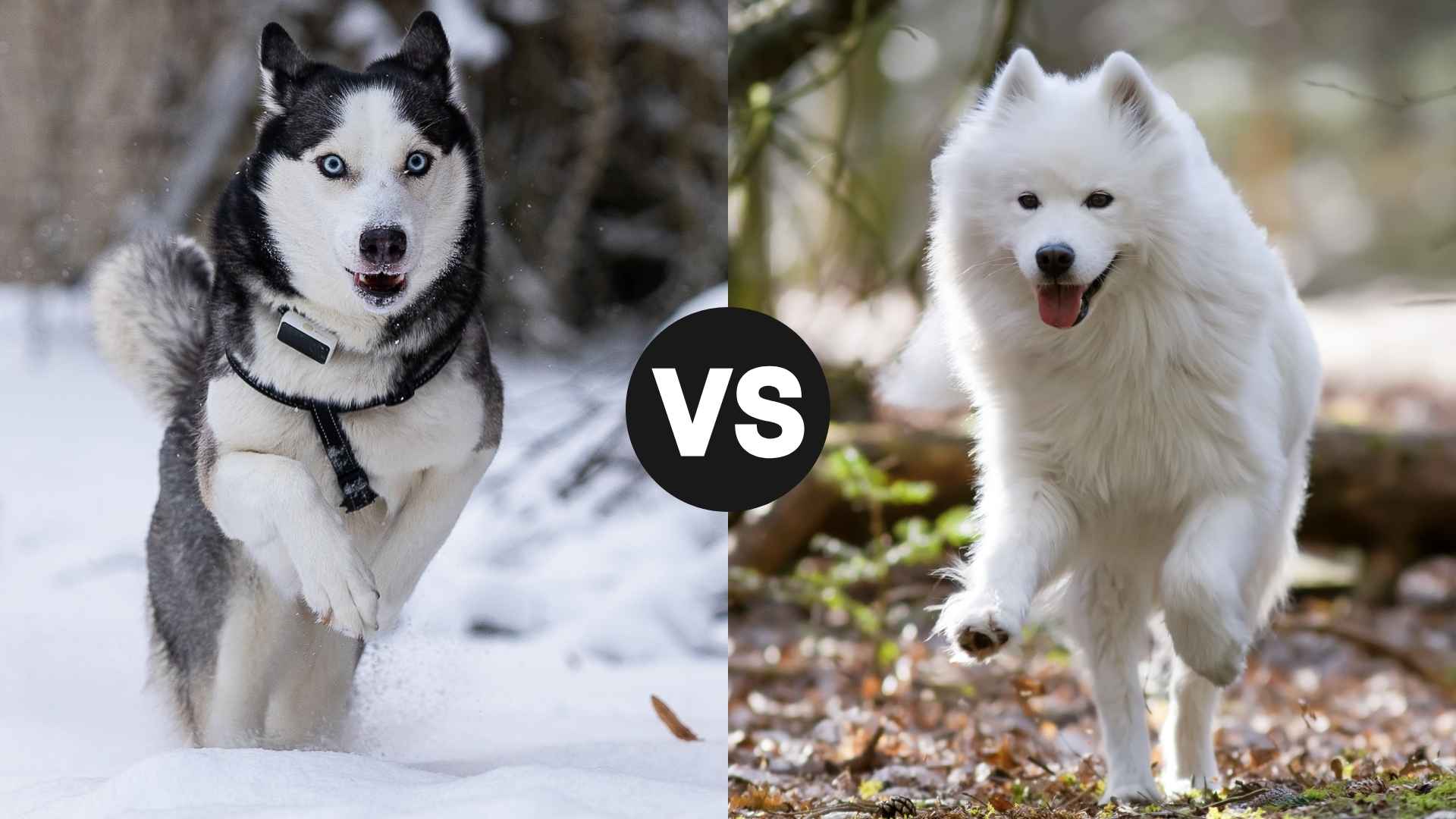If you’re drawn to snow dogs with fluffy coats and sparkling eyes, chances are the Siberian Husky and the Samoyed have both stolen your heart. These two majestic breeds are often mistaken for one another—after all, they’re both sled-pulling, snow-loving stunners with a flair for the dramatic (and for shedding!).
But look closer, and you’ll see key differences in their personalities, care needs, and even their smiles. Yes—Samoyeds are known for their famous “Sammy smile,” while Huskies are the masters of mischief and side-eye.
So, how do you choose between two dogs that could both star in a winter fairytale? We will walk you through the key traits of each breed—temperament, grooming, exercise, trainability, and more—so you can decide which snow dog fits your lifestyle.
Whether you dream of sledding adventures or long snowy hikes with your loyal sidekick, we’ll help you find your perfect fluffy match.
Siberian Husky vs. Samoyed
Breed History and Origins
Imagine a world of snowflakes, sleds, and seriously fluffy dogs—because that’s where our two icy canines, the Siberian Husky and the Samoyed, began their legendary journeys. Both hail from regions where winter is less of a season and more of a personality trait. But their stories, while equally frosty, are as different as a snowball and a snowman.
Siberian Husky:
Let’s start with the Siberian Husky—the dog that looks like it just walked off the set of a wolf documentary, but instead of howling at the moon, it’s probably raiding your trash can or plotting its next great escape.
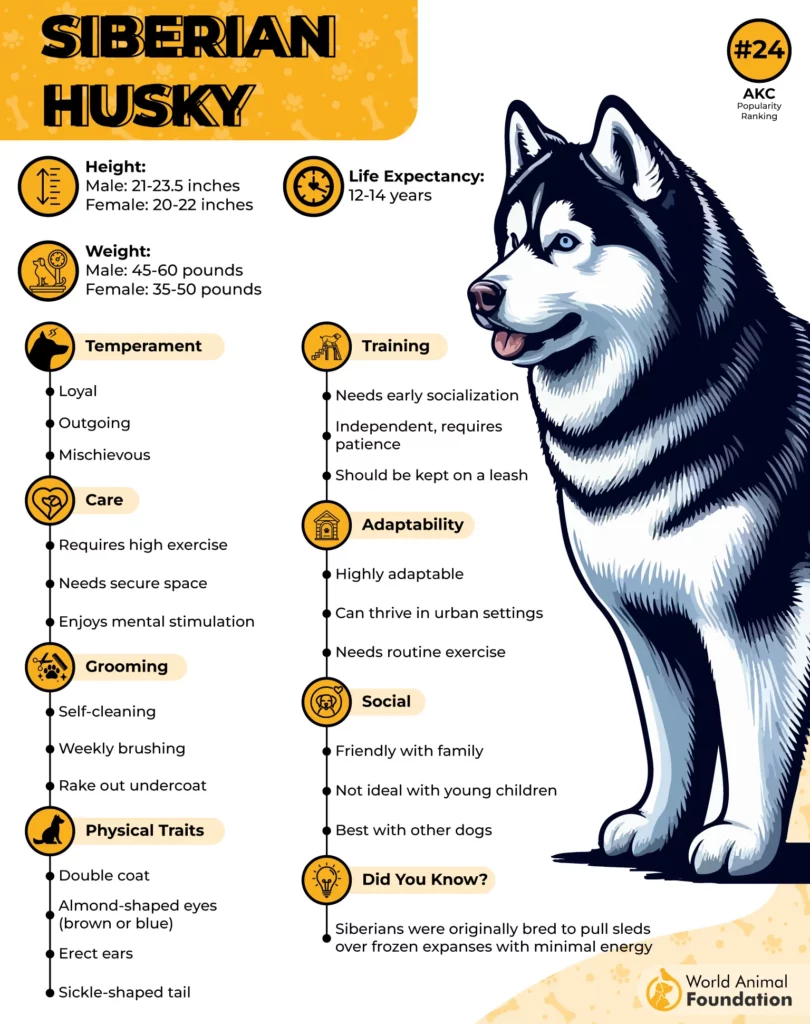
Bred by the Chukchi people of Siberia, Huskies were designed for endurance. These dogs weren’t just pulling sleds; they were pulling weight over vast, frozen landscapes in sub-zero temperatures. Talk about a tough job.
Their main gigs?
Pulling sleds full of supplies and people
Keeping the Chukchi families warm at night (yes, dog-heating is a thing)
Occasionally being mistaken for arctic wolves by the untrained eye
And when they made their grand entrance into the U.S. during the early 1900s—especially in the famous 1925 serum run to Nome (aka the “Great Race of Mercy”)—they went from village MVPs to international snow stars. PetMD says over the century that followed, Huskies grew in popularity to become one of the most popular dog breeds worldwide.
With their striking blue eyes and wolf-like appearance, “I do what I want” attitude, Huskies quickly became the cool kids of the dog world. Literally.
Samoyed:
Now, meet the Samoyed—the dog that looks like a walking cotton candy puff with a built-in smile. And trust us, it’s not just for show. That signature “Sammie smile” helped prevent icicles from forming on their face in the cold. Evolution, but make it adorable.

These charmers were bred by the Samoyede people (yes, that’s where the name comes from) of northwestern Siberia. Their jobs?
Herding reindeer like it’s just another Tuesday
Pulling sleds and helping with hunting
Warming tents with their body heat (snuggle-level: expert)
According to the American Kennel Club (AKC), in Siberia’s town of Oymyakon—one of the coldest inhabited places where temperatures can drop to minus 60 degrees Fahrenheit—these dogs thrived thanks to their thick, fluffy coats and resilient nature.
Where Huskies were lean and lightning-fast, Samoyeds were the cozy, gentle workhorses of the arctic tundra—fluffy marshmallows with muscles. And they bonded deeply with their humans, becoming not just helpers but family. Like, sleep-on-the-bed-even-if-you-live-in-a-tent kind of family.
Distinctive Physical Characteristics
Let’s continue this icy face-off between the Siberian Husky and the Samoyed, diving into their distinctive physical characteristics. Grab your snow boots—and maybe a fur brush—because things are about to get fluffy and fun.
Siberian Husky:
The Siberian Husky is a medium-sized working dog breed built for speed and endurance. Male Siberian Huskies generally measure around 21 to 23.5 inches tall at the shoulder, with females being a bit smaller, typically standing between 20 and 22 inches. In terms of weight, males usually fall within the 45 to 60-pound range, while females weigh between 35 and 50 pounds.
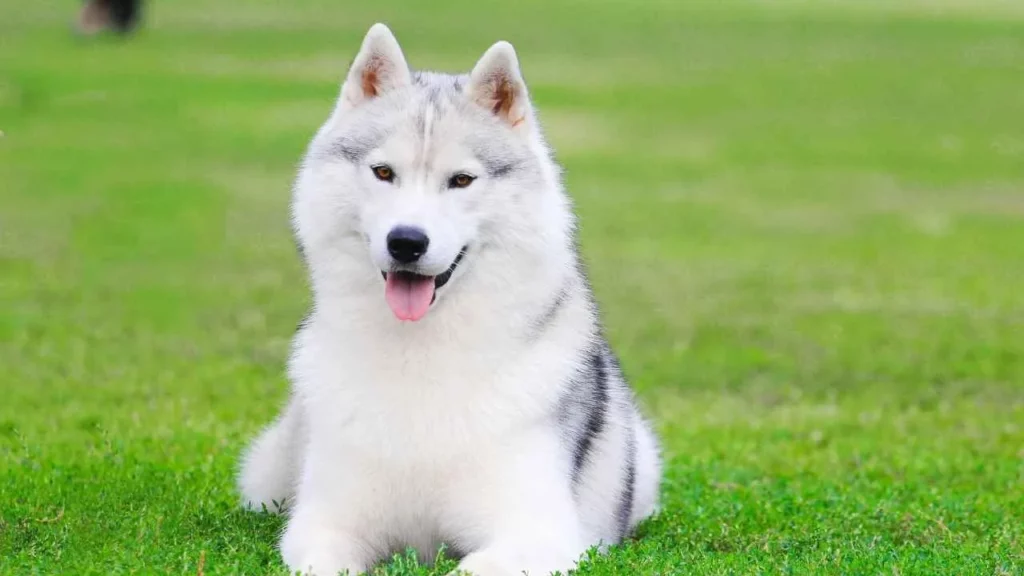
If a Siberian Husky were human, it’d be that effortlessly cool, athletic type who runs marathons for fun and always looks Instagram-ready. Their lean, agile frame and thick double coat help them perform exceptionally well in cold environments, especially in sled-pulling and long-distance running.
Eyes: Ice-blue, brown, or one of each (yes, heterochromia is a Husky flex). Their piercing gaze has “mischief incoming” written all over it.
Build: Lean, medium-sized, and built for speed. Huskies are aerodynamic fluff missiles.
Coat: Thick double-coated and weatherproof, but sleeker than the Samoyed’s. Think more “sleek parka” than “puffy snow suit.”
Tail: Fluffy and curved tails like a cinnamon roll—usually thrown dramatically over their back like a diva’s boa.
These fluffy pups have that “wild wolf” aesthetic but with the heart of a goofy sidekick.
Samoyed:
The Samoyed is a medium to large working dog breed known for its strength and endurance. Samoyed average height stands between 21 to 23.5 inches tall at the shoulder for males, while females are slightly smaller, typically ranging from 19 to 21 inches. In terms of weight, males usually weigh between 45 to 65 pounds, and females weigh between 35 to 50 pounds.

Samoyeds look like they were hand-sculpted by a team of marshmallow artisans. Majestic, regal, and dangerously pettable. This sturdy build, combined with their dense double coat, makes them well-suited for cold climates and demanding work.
Eyes: Almond-shaped and dark, filled with soul, sunshine, and possibly snacks.
Build: Stocky and strong, with a sturdy frame perfect for hauling reindeer or laying dramatically on your couch.
Coat: Luxurious, fluffy, and BLINDINGLY white. Their coat is like wearing a fur duvet 24/7. Warning: attracts dirt like a magnet.
Smile: Yes, they actually smile. That upturned mouth is part of their anatomy and part of their charm.
Tail: Thick and fluffy, always curled high over their back like a proud pompom.
In short, these large dogs are cloud-shaped cuddle magnets with a royal flair.
Temperament and Personality
Whether you choose the rebellious rogue (Husky) or the regal fluffball (Samoyed), both large breeds are stunning, sweet, and just a tiny bit dramatic. Be prepared for laughs, love, and enough shed fur to knit a sweater for every person you’ve ever met.
Siberian Husky:
These friendly dogs are the comedians and chaos agents of the canine world.
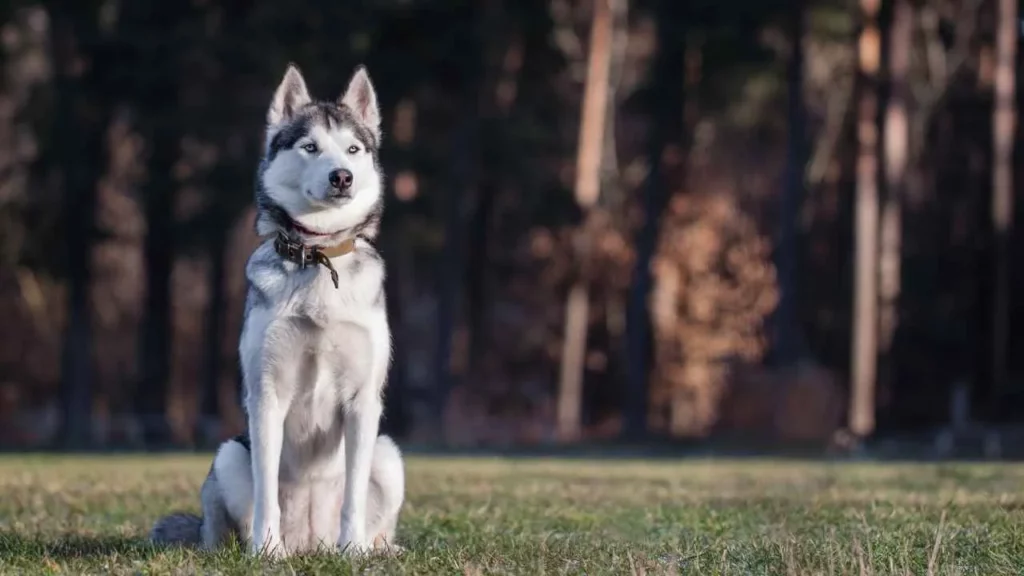
Intelligence: High. Too high. They’ll outsmart you and laugh about it later.
Energy: Off the charts. Huskies don’t nap—they recharge mid-sprint.
Social: Very pet-friendly, but don’t expect loyalty like a Golden Retriever. They’re more like, “I love you, but I also love the squirrel across the street.” WebMD notes Huskies are so friendly and social that they rarely make good guard dogs.
Trainability: Hilarious. They’ll listen, then do what they want. Obedience? Optional.
Vocal: Oh, they’ll talk. Yodel, howl, scream like a banshee—you name it.
Huskies love everyone, especially if they’re not supposed to. They’re pack animals through and through—but might leave the pack for a pizza crust.
Samoyed:
Samoyeds are the life of the snowy party—and they brought snacks (or at least stole yours).
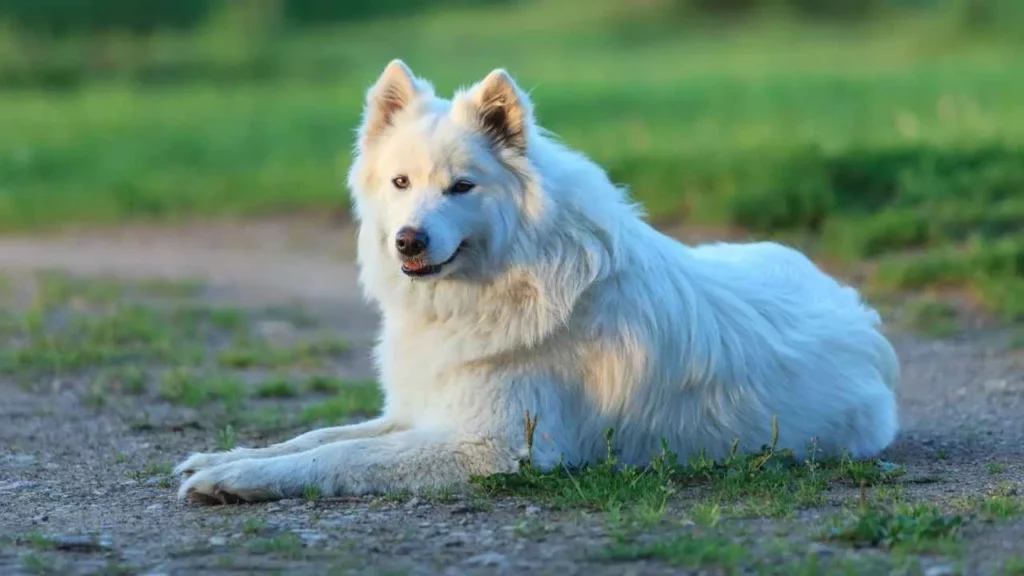
Temperament: Gentle, affectionate, loyal, and loving companion. Total charmers.
Energy: High energy but manageable—think “enthusiastic jogger,” not “chaotic sprinter.”
Affection: Velcro-dog levels of clingy. If you’re sitting, a Samoyed is trying to sit on you.
Trainability: Smart and eager to please, though a touch stubborn (they like to do things together, not just “because you said so”).
Vocal: They’ll chat, but more polite chatter than full-scale husky howls. Think “neighborhood gossip” vs “rock concert.”
In essence, Samoyeds are sunshine in fur form. Loyal, playful nature, and always smiling—even if you’re 10 minutes late for belly rubs.
Training and Intelligence
Let’s talk Training and Intelligence—because when it comes to Siberian Huskies and Samoyeds, it’s less “Can they learn?” and more “Will they actually listen?” So buckle up—we’re diving into the brainy (and sometimes bratty) side of these snow-loving floofs.
Siberian Husky:
Let’s just say if the Siberian Husky were a student, it’d be the one who aces the test without studying… and then sets the textbook on fire for fun.
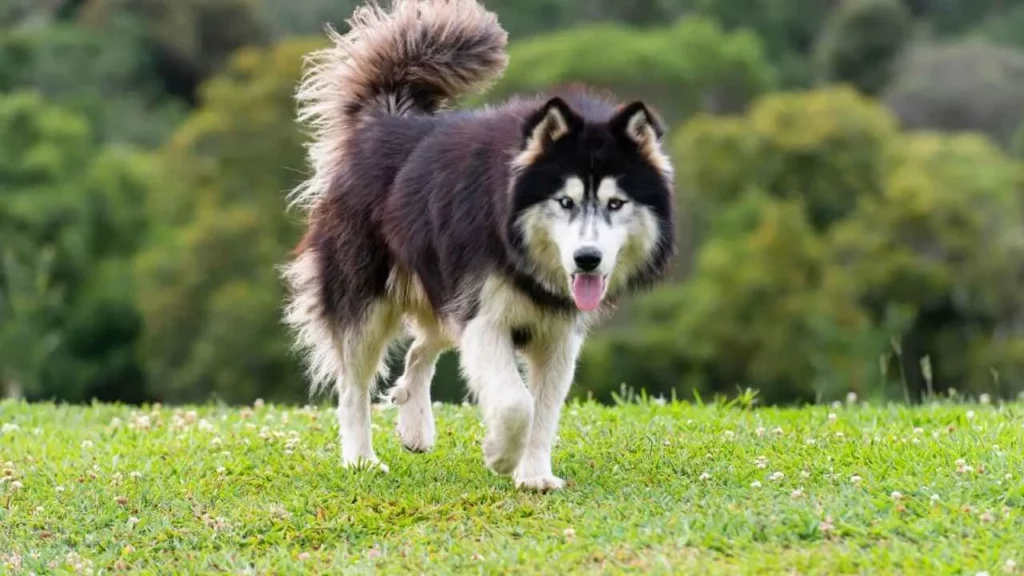
Intelligence Level: Off the charts, they’re high-energy pups. Huskies are quick learners, especially when there’s food, fun, or freedom involved.
Problem Solvers: You bet. If there’s a way out of the backyard, they’ve already mapped it and possibly left a tunnel for their friends.
Training Style: Huskies need firm, consistent training, with flair. Boring repetition? Forget it. You’ll get side-eye and a dramatic yawn.
Obedience: Think “I heard you, but I respectfully decline.” They know what you want—they just don’t always care.
Best Training Tips: Make it fun, keep it short, and use high-value rewards (we’re talking next-level treats). Positive reinforcement only. A battle of wills with a Husky? You’ll lose.
Fun Fact: They were bred to think independently in tough environments. So when they ignore your commands, they’re not being defiant—they’re just “making executive decisions.”
Samoyed:
Samoyeds want to make you happy… but they’d also like to negotiate first.
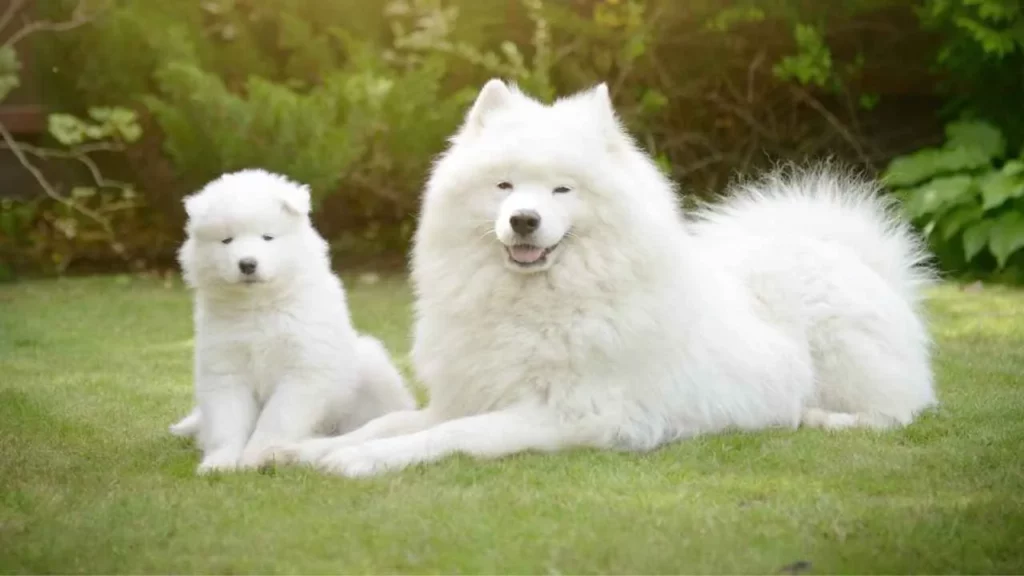
Intelligence Level: Very smart and observant. Samoyeds catch on quickly and have a sharp memory, especially for snack cabinets.
Eager to Please: Absolutely! They’re affectionate and bond closely with their humans, which makes them more motivated to cooperate.
Training Style: They respond well to positive reinforcement and gentle guidance. Harsh methods? Major nope. They’ll get pouty. And floofy.
Obedience: Better than Huskies, but don’t expect robotic precision. They like to add a little flair, like sitting just slightly sideways.
Stubbornness Level: Medium. They may not argue like a Husky, but they do enjoy selective hearing if something more exciting is happening (like a squirrel, a butterfly, or literally nothing at all).
Pro Tip: Early training and socialization are key. Keep sessions short and upbeat, and don’t forget—the Samoyed’s greatest weakness is attention. Use it.
Health and Wellness
Now let’s dive into Health and Wellness—because while both the Siberian Husky and Samoyed look like invincible snow warriors, they’re still floofy mortals with their own health quirks. From how long they’ll fill your home with fluff to what to look out for at the vet, we’re covering it all—with a friendly (and fluffy) twist!
Siberian Husky:
Lifespan: 12 to 14 years
With proper care, Huskies are generally healthy and can stick around for over a decade, long enough to dig at least 75 escape tunnels in your backyard.
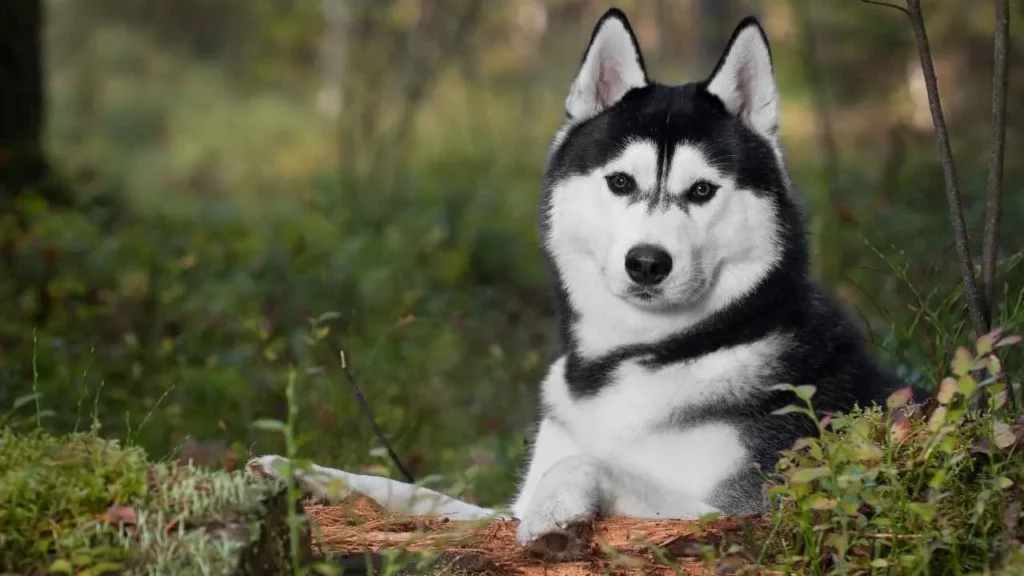
Common Health Issues:
Hip Dysplasia
Eye Problems
Hypothyroidism
Zinc Deficiency
Wellness Tips:
✅ Give them plenty of exercise—they were literally born to run. A bored Husky is a destructive Husky. (Sofas have been lost. Gardens ruined.)
✅ Feed a high-quality diet with attention to minerals like zinc and omega-3s.
✅ Stay on top of eye exams—those beautiful peepers need protection!
Samoyed:
Lifespan: 12 to 14 years
Purebred Samoyeds last a long time—especially if you return the cuddles (and keep their ears clean).
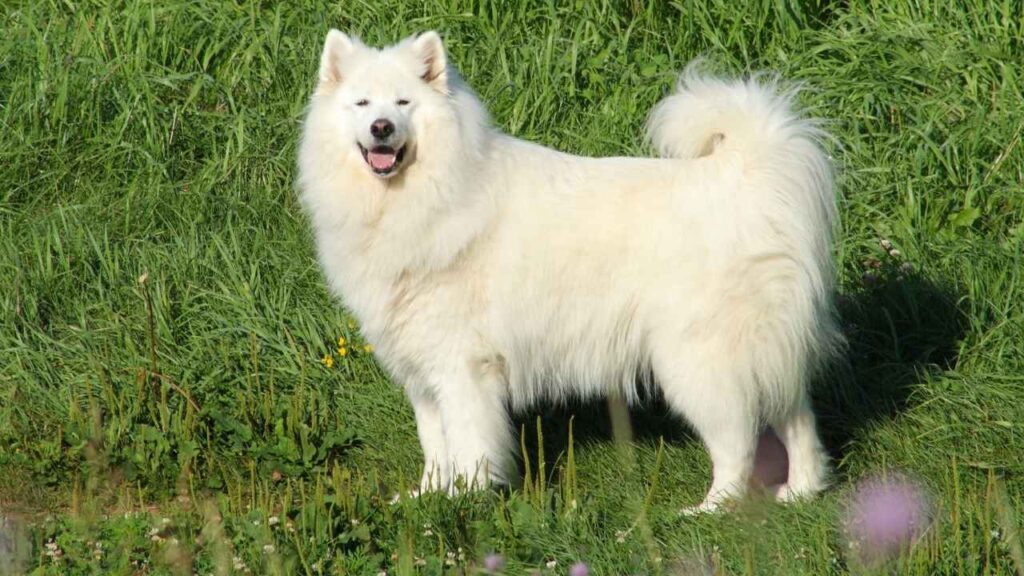
Common Health Issues:
Hip Dysplasia
Progressive Retinal Atrophy (PRA)
Diabetes
Hypothyroidism
Samoyed Hereditary Glomerulopathy (fancy kidney disease)
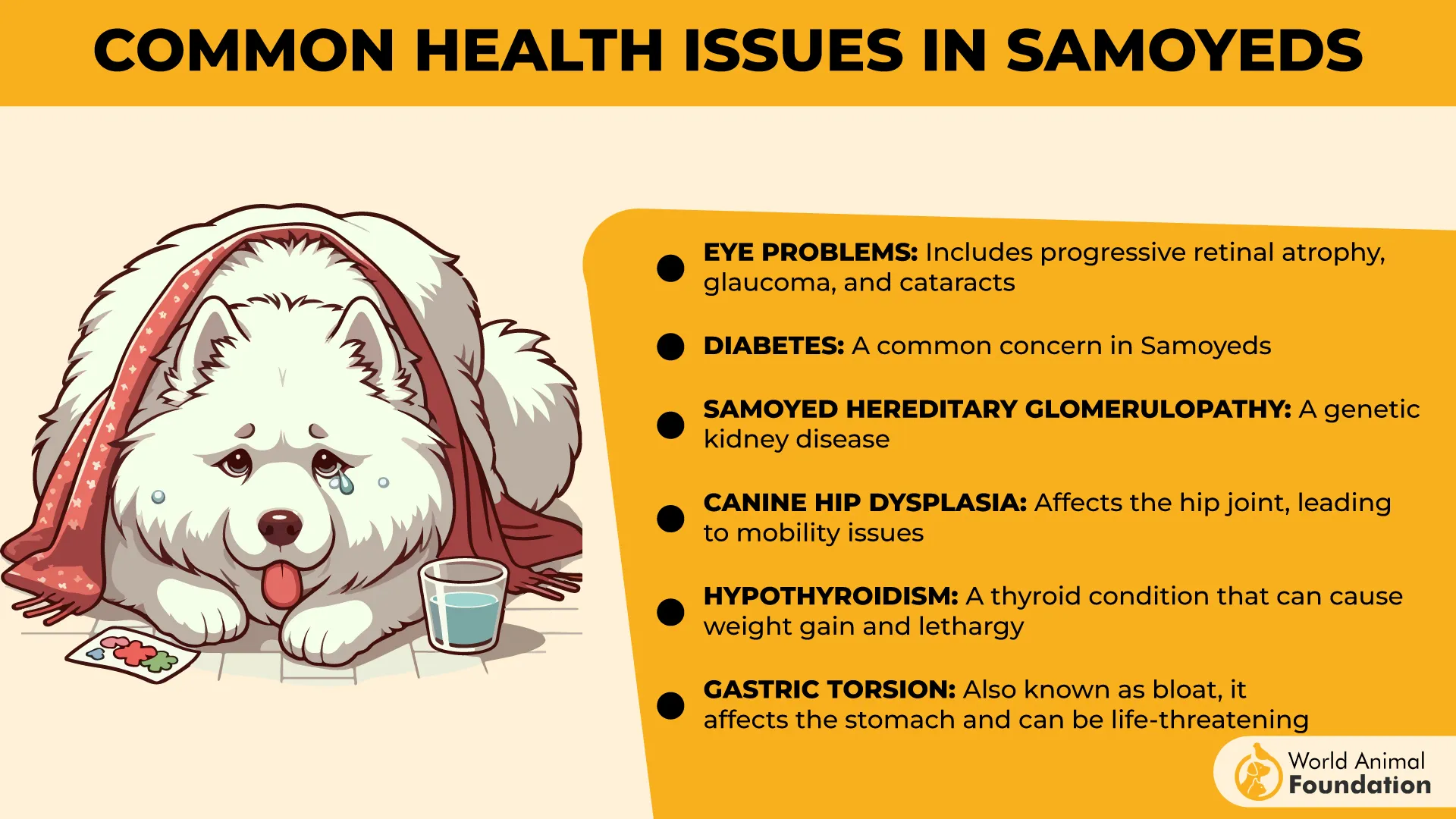
Wellness Tips:
✅ Regular exercise is a must, but they don’t need to run the Iditarod daily—long walks, play, and a decent backyard will do.
✅ Keep up with vet checkups, especially kidney and thyroid tests.
✅ Feed a balanced diet—Samoyeds can be fussy eaters (and secretly know when you’re giving them kibble instead of chicken).
Grooming and Maintenance Needs
Ah, yes—Grooming and Maintenance—the category where both the Siberian Husky and the Samoyed come in like royalty… high-maintenance, fabulous, and fully committed to fur-nadoing your life.
Siberian Husky:
Huskies might look like they need a salon appointment every other day, but surprise—they’re actually clean freaks who groom themselves better than most cats. That said, there’s a catch. Or rather… clumps of catch—shed fur. Everywhere.

Brushing Needs:
Weekly brushing most of the year, and daily brushing during shedding seasons (spring and fall).
They “blow” their coat twice a year, and trust us—you’ll know when it starts. Your vacuum will cry.
Bathing:
Only a few times a year, unless they roll in something unspeakable. Their coats repel dirt, and overbathing can strip their natural oils.
You’ll think, “Wow, they don’t even smell bad!” and you’d be right. Huskies are the hygiene kings of the dog world.
Maintenance Checklist:
✔ Nail trimming every 3–4 weeks.
✔ Teeth brushing 2–3 times a week (unless you enjoy dog breath).
✔ Check ears weekly for wax or debris.
✔ Invest in a de-shedding tool. You’ll thank us during coat-blowing season.
Bonus Tip: Husky fur has teleportation powers. It will appear in your refrigerator, your car’s air vents, and yes, your coffee. Accept it. Embrace the fluff.
Samoyed:
Samoyeds don’t just walk—they float. And that glorious, glowing, pure white fur? Yeah, Sammy’s grooming is considered high maintenance with a capital “M” (for matted if ignored).
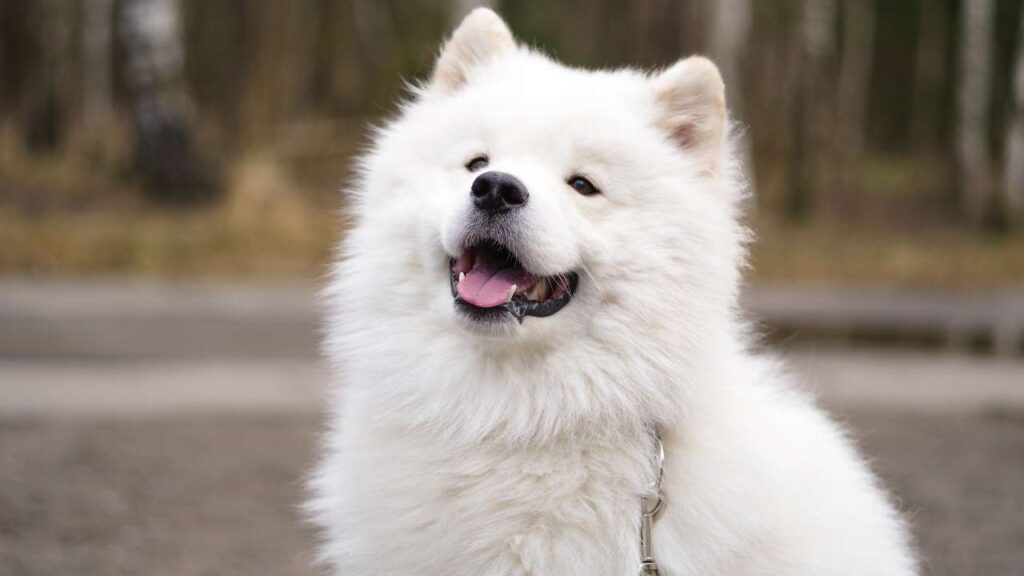
Brushing Needs:
Daily brushing is ideal. Minimum: 3–4 times a week.
That plush coat tangles easily and needs regular love to stay beautiful and tangle-free.
They shed moderately year-round and go full snowstorm twice a year (when they blow their coat).
Bathing:
Every 6–8 weeks, or when they start to resemble a muddy sheep.
Drying a Samoyed takes hours unless you own a commercial-grade dog dryer. (Hairdryer? Forget it.)
Maintenance Checklist:
✔ Nail trims every 3–4 weeks.
✔ Dental care 2–3 times a week.
✔ Clean those ears, especially in humid climates.
✔ Regular checks for skin irritations or hot spots hiding beneath that poof.
Bonus Tip: Their fur is so soft it’s been used to spin yarn. Yes, Samoyed wool exists. You could literally knit a sweater from the aftermath of a single grooming session.
Conclusion
When comparing the Siberian Husky vs Samoyed, both breeds are energetic, playful pups with friendly personalities and a fun-loving nature. These high-energy pups love mental stimulation and agility activities, making them great furry friends and furry playmates for active families. Both require regular brushing and grooming, especially during peak shedding seasons, to manage their thick coats and keep them comfortable in winter’s chill.
While Samoyeds are known for their tenacious work ethic and moderate family-friendly attitude, Huskies may show more prey drive and can be mischievous companions or escape artists, so a sturdy and tall fence is often needed. Both breeds get along well with other dogs and pets but can be dog aggressive if not socialized properly. Overall, whether choosing a Samoyed or Siberian Husky, both breeds offer loyal human companions who understand and thrive with regular exercise and mental engagement, making them perfect furry playmates for those ready to match their activity level.


